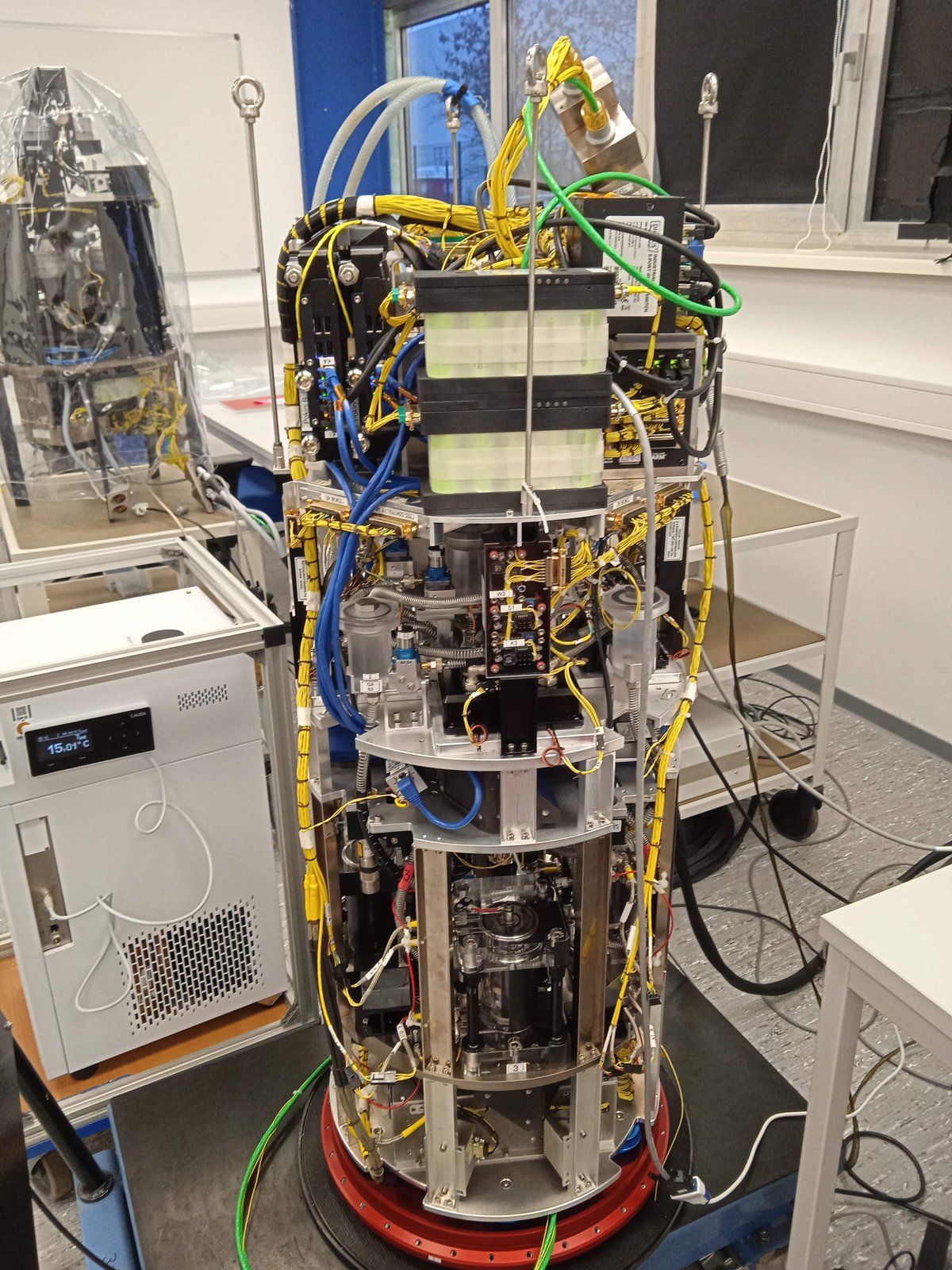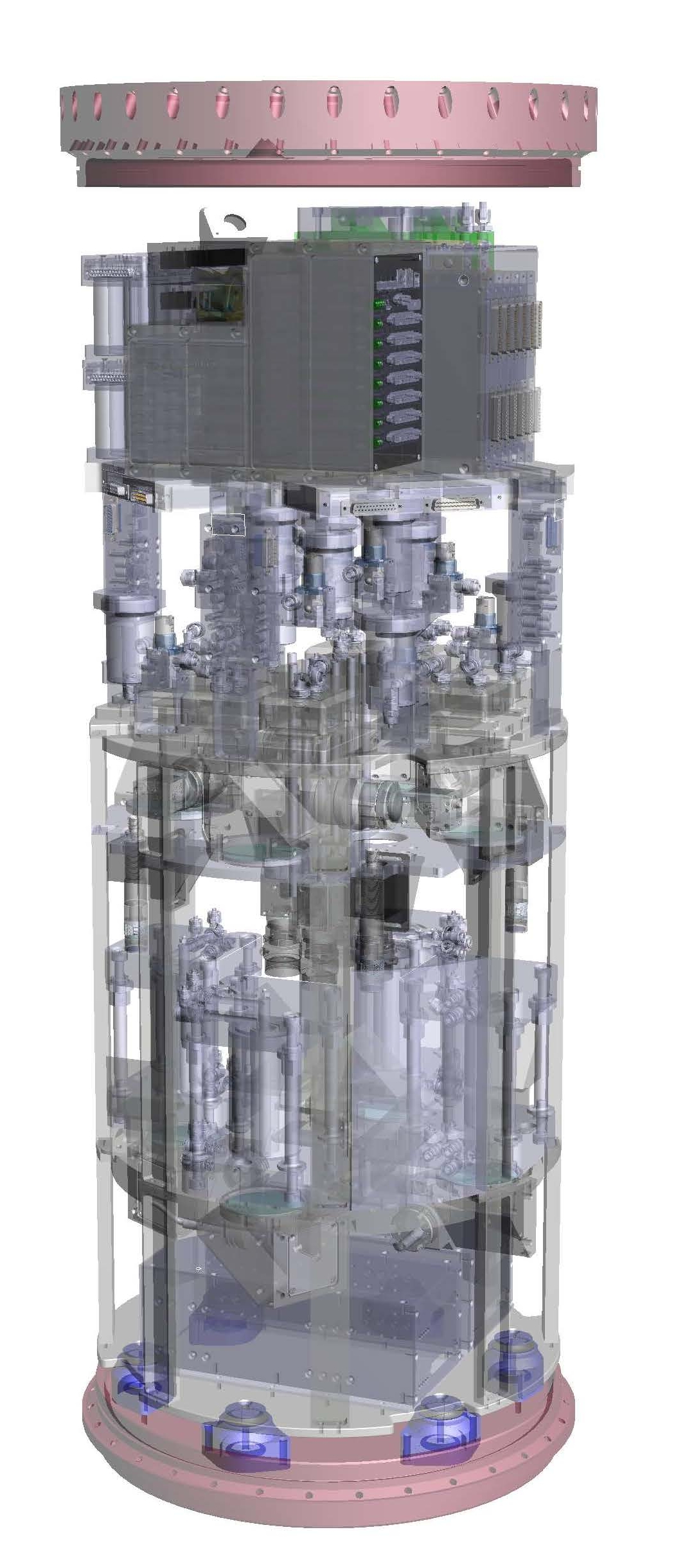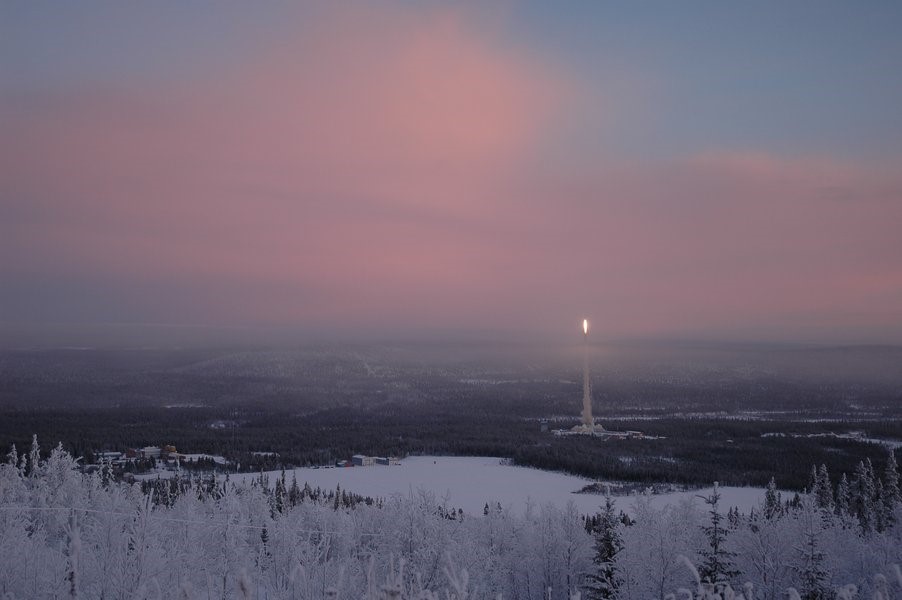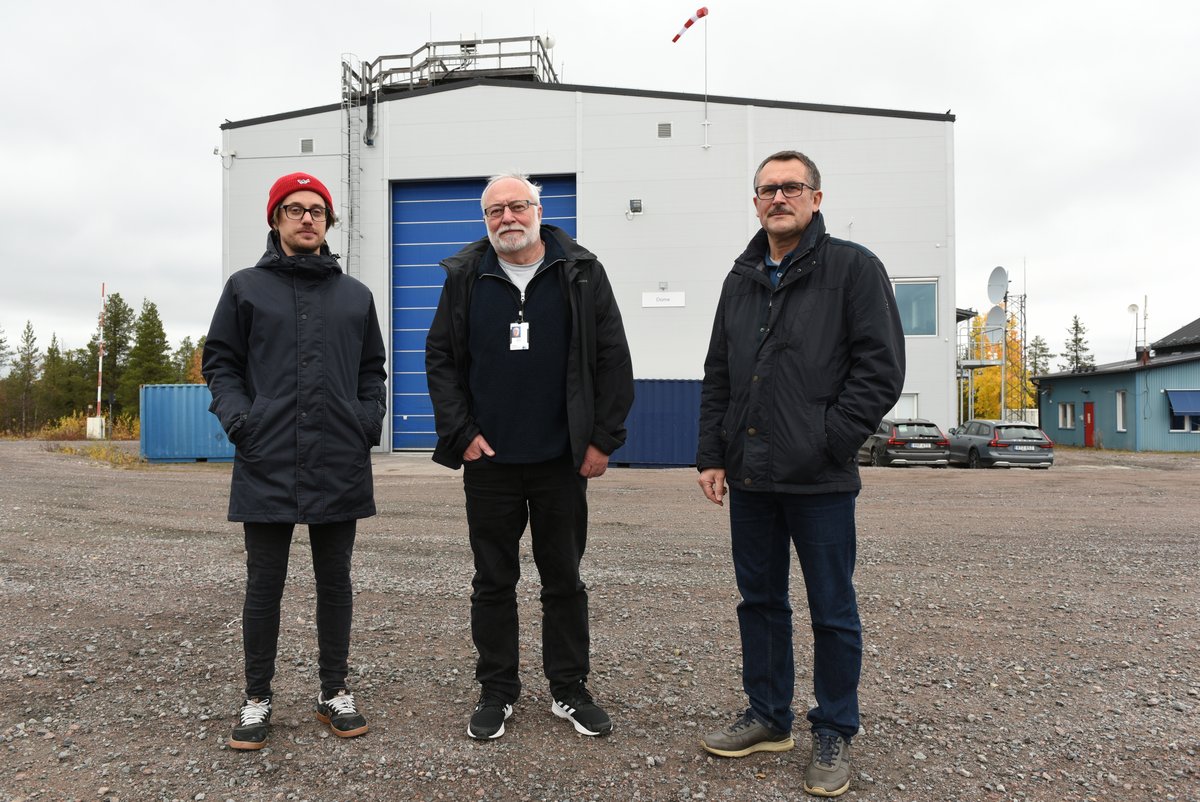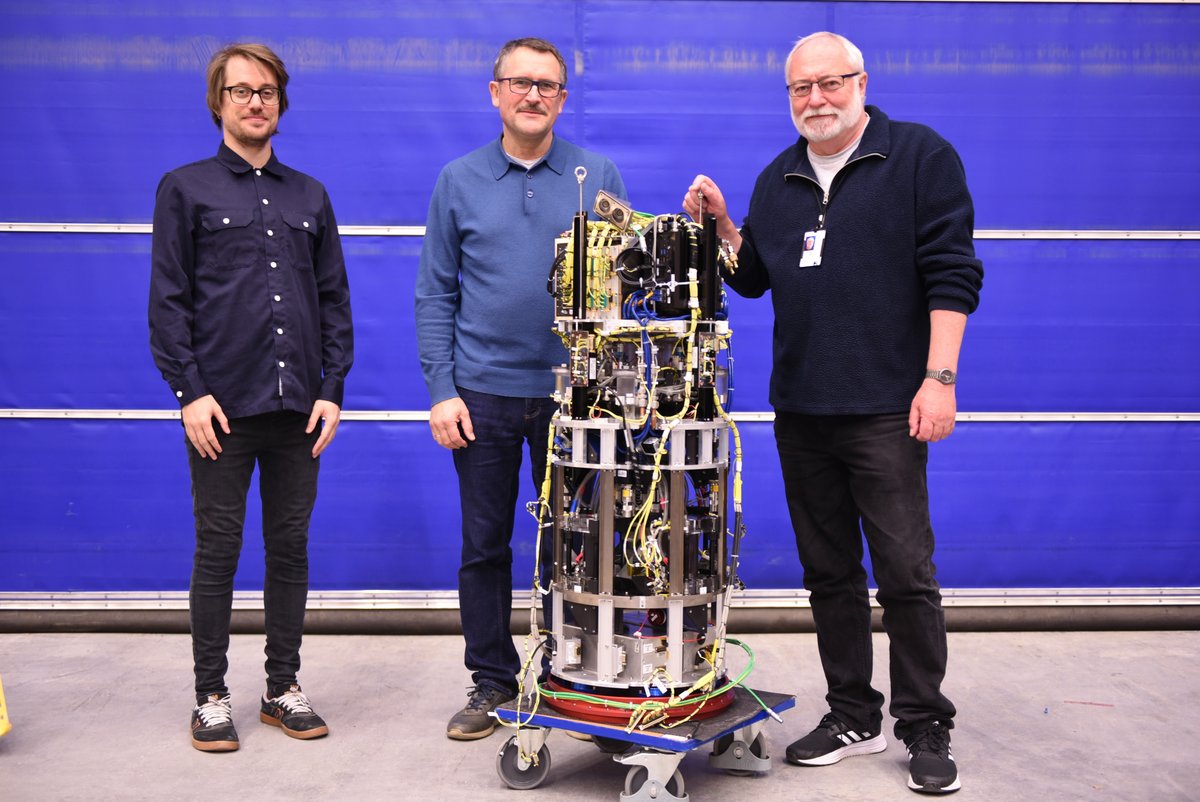TEXUS 57 launch - BTU flow research in a sounding rocket
The goal of the scientists from the Chair of Aerodynamics and Flow Research is to study the heat and mass transport in a fluid under space conditions. The findings can be used, for example, to optimize heat exchangers in special cooling systems, for example in satellites.
As one of four teams, scientists Dr. Martin Meier, Dr. Vasyl Motuz and Dr. Antoine Meyer will begin their journey from Bremen to Kiruna in northern Sweden on Monday, September 19, 2022. There, the researchers will accompany the launch of a sounding rocket that will enable biological, material science and physics experiments under space conditions as part of the TEXUS (Technological Experiments under Weightlessness) science program. On board, in addition to three other experiments from physico-chemical and biological research, is an experiment module called „TEKUS“ from the BTU project "DEPIK - dielectrophoretically induced convection". The focus of the new project is thermal convection in a cylindrical gap geometry under the influence of a central electric field. While the investigations on Earth are superimposed by gravity-driven flow motions, the scientists can observe the effects under weightlessness without this influence and compare them with computer models.
After twelve successful experimental campaigns to date on thermoelectric convection in free fall during parabolic flight missions with the CNES (Centre National d'Études Spatiales) zero-g aircraft, this is now the first mission in a sounding rocket. Prof. Christoph Egbers, holder of the Chair of Aerodnamics and Fluid Mechanics at BTU Cottbus-Senftenberg, proudly says: "The possibility that our experiment flies as one of four experimental setups in the TEXUS rocket is very significant for our research. During the rocket flight, our thermoelectric flow experiments can take place in near weightlessness for a period of time about 18 times longer than the parabolic flights with the airplane allow." Project manager Dr. Martin Meier adds, "This significantly increases the quality of our experimental results. Using a combination of two optical measurement techniques, shadowgraph and particle image velocimetry (PIV) measurement techniques, we can visualize and characterize the flow field simultaneously in four experiment cells."
The experiment setup in the rocket had to be accommodated in an area 60 centimeters in diameter and about one meter high. The experiment module was developed by the company Airbus Defence and Space in collaboration with the chair.
The data is transmitted by remote measurement and stored in the experiment module. If necessary, scientists can observe their experiments from the ground during the rocket flight via video transmission and also control them by telecommand.
The two-stage, 13-meter-long rocket will reach a peak altitude of about 250 kilometers during the 15-minute TEXUS 57 flight. The rocket's tip containing the experiment modules - the scientific payload - will be safely returned to the ground by a parachute.
The BTU experiments are funded by the German Federal Ministry of Economics and Climate through the Space Agency of the German Aerospace Center (DLR).
About the experiment
The project will investigate the influence of an electrohydrodynamic force field on heat and mass transfer in a cylindrical gap. The cylinder gap is formed between two vertical tubes placed inside each other and is bounded at the top and bottom by cover and bottom plates. The gap is filled with an electrically non-conductive oil. While the inner tube is heated, the outer tube is cooled from the outside. The temperature difference results in a base flow. If the temperature difference increases, the basic flow takes on new forms, and the heat transfer between the inner and outer tubes is increased. If a force field in the form of an applied alternating voltage now acts on this system, an electrohydrodynamic force effect is created. Under earth conditions, this artificial force field disturbs the stability of the buoyancy flow and can enhance the heat transport.
However, under microgravity conditions, such as occur in parabolic flight, the lift flow becomes negligible. The force field set up by the high voltage is then the only decisive factor for the emergence of flows in the cylinder gap, which can take on a variety of forms up to turbulent flows. These flow forms - and thus also the heat transfer between the inner and outer tubes - can be controlled by the level of the electrical voltage.
Contact
Aerodynamik und Strömungslehre
T +49 (0) 355 69-4868
christoph.egbers(at)b-tu.de

